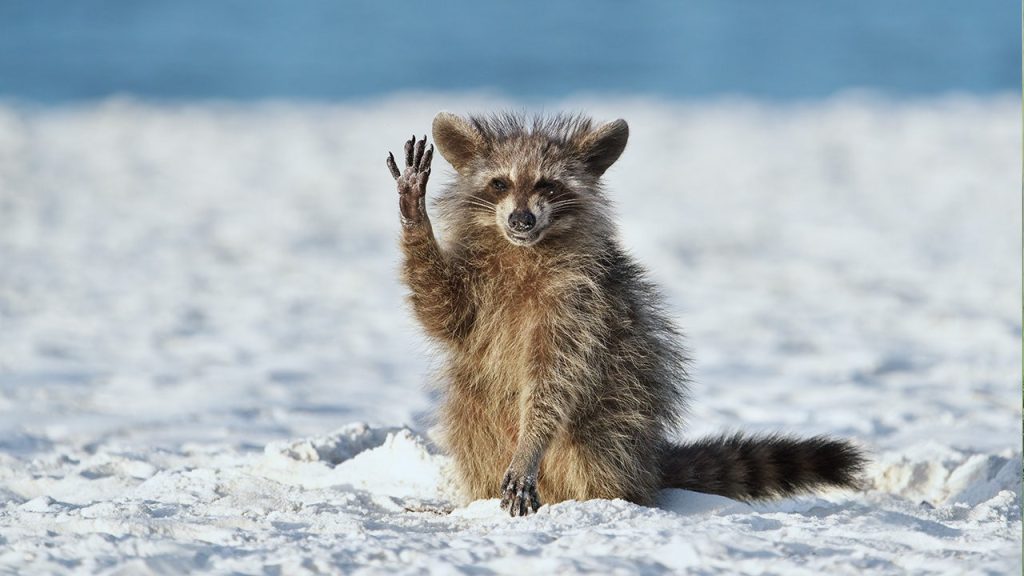The raccoon infestation in Japan has significantly worsened over the past decade, with nearly 1,300 raccoons being captured during the 2022 fiscal year, which is five times more than were captured 10 years ago. Raccoons were originally brought to Japan in the 1970s following the popularity of the anime “Rascal the Raccoon,” based on the autobiographical novel “Rascal, A Memoir of a Better Era” by Sterling North. People in Japan began importing raccoons as pets, with over 1,500 being imported at the peak. However, the Japanese government eventually banned the import and keeping of raccoons as pets, but it was already too late as many pet raccoons were released into the wild by their owners.
Raccoons are not easy pets to care for, as they can be destructive in a home, require constant entertainment, and have the tendency to bite. Most veterinarians will not see raccoons, making their care extremely expensive. Many Japanese families released their pet raccoons into the wild, where they were able to establish a population in all 47 prefectures of the country. This invasive raccoon population has caused nearly $3 million in damage to crops in 2022 alone, wreaking havoc on the country’s agricultural industry. Efforts to combat the raccoons, such as trapping and contacting officials upon seeing damage, have so far proven to be ineffective due to the raccoons’ intelligent nature and desperate will to live.
In addition to Japan, Germany is also dealing with invasive raccoons that were imported in the 1930s for their fur. The animals were released into the wild and have since established a population, with reports of raccoons entering German homes, making a mess, and stealing beer. In 2019, a drunk raccoon visited a Christmas market in Germany, drinking leftover mulled wine before being shot dead by a hunter. Both Japan and Germany are struggling to control their respective raccoon populations, with various incidents of raccoons causing damage and disruptions in both countries. As a result, measures to effectively combat these invasive species and mitigate their impact on the environment and agriculture are urgently needed.


